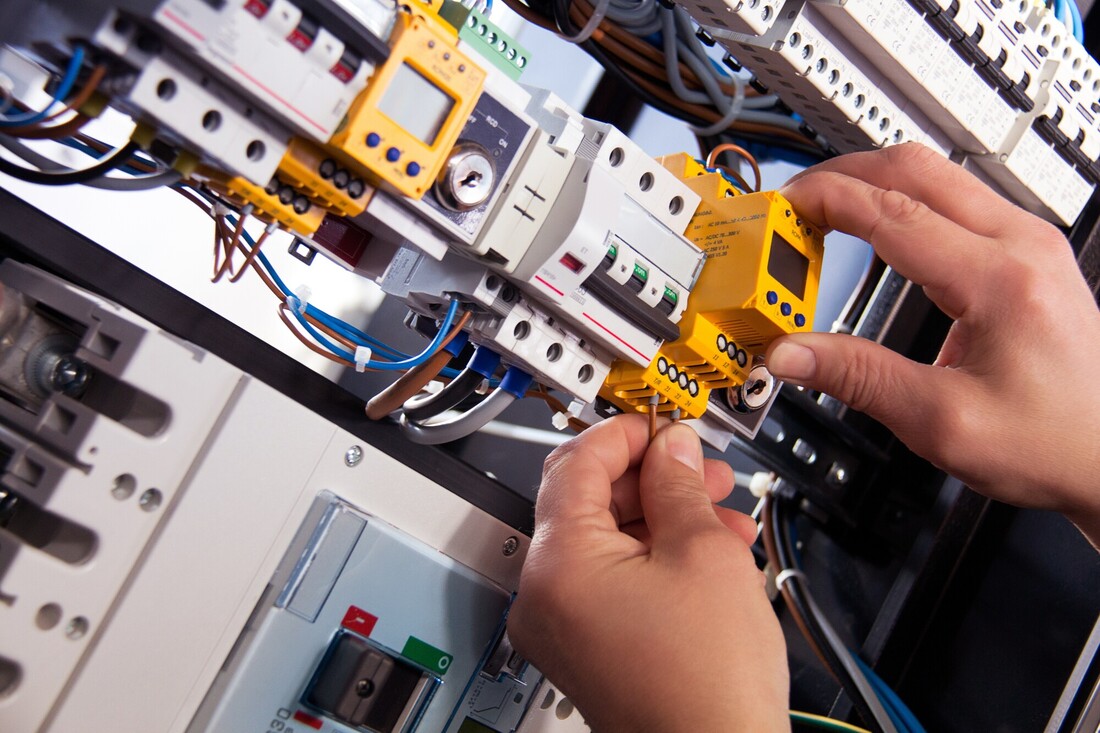|
11/23/2022 0 Comments Types of Hall Effect Sensors Various types of hall effect sensors have been used to measure position and current in a variety of industries. They are often used to measure the speed of rotating motors and speedometers in automobiles. They can also be used to monitor equipment such as electric air guns. They are also used in various manufacturing processes. To operate hall effect current sensors, it is necessary to have a permanent magnet on the device's surface. The sensor is usually composed of a thin, rectangular p-type semiconductor plate. It is typically made of indium arsenide or indium antimonide. A hall effect sensor can operate with either a single permanent magnet attached to a moving shaft or with a two-pole, polarized, magnetic component. These sensors have been used for many years in automotive systems and other industrial applications. They can also be used to monitor other equipment, such as pressure switches and optical sensors. They can also be used in go-kart speed controls and electro-pneumatic paintball guns. Hall effect sensors work by converting the magnetic field into currents. The output voltage is directly related to the strength of the applied magnetic field. It is normally measured in microvolts. The voltage is not very visible and the signal is difficult to detect. Hall effect sensors can also be used to detect magnets that are far away. They also have a wide range of sensitivity. They can measure electrical currents from milliamps to thousands of amperes. Hall effect sensors are used in many applications, including rotating speed sensors and fuel level indicators. They can also be used to detect the position of a motor rotor and angular motion. Unlike other sensors, hall effect sensors do not require expensive coils or transformers. They are also very effective. The voltage produced by the Hall effect sensor is known as Hall voltage. There are two types of hall effect sensors - analog and digital. The analog version is composed of an amplifier and a voltage regulator. The output of the analog sensor is continuous. As the magnetic field gets stronger, the output increases, and as the field weakens, the output decreases. The digital version incorporates a Schmitt trigger, which adjusts the switching threshold on the falling edge of the signal. The digital version also incorporates a hysteresis circuit, which prevents the switch from oscillating due to noise. LEM sensors are used in all kinds of applications, from manufacturing processes to automobiles. They are particularly effective in measuring DC magnetic flux in current transformers. The voltage output of Hall effect sensors can be used to monitor various types of equipment and to ensure that they are safe to use. Hall effect sensors are used to detect a variety of different types of magnetic movements. These movements include rotational magnets, rotary encoding, and sideways magnet motion. This can be useful for measuring the speed of rotating motors and for counting magnets. These sensors have a wide range of applications, but they are not very attractive. They are made of a thin rectangular p-type semiconductor plate, which is usually made of indium arsenide or gallium arsenide. They are usually potted in an M12 cylindrical plastic housing. They come with an integral connector and a 5k pull-up resistor. They have several different applications and can be customized to meet individual needs. If you probably want to get more enlightened on this topic, then click on this related post: https://www.britannica.com/technology/resistor.
0 Comments
Leave a Reply. |
|
